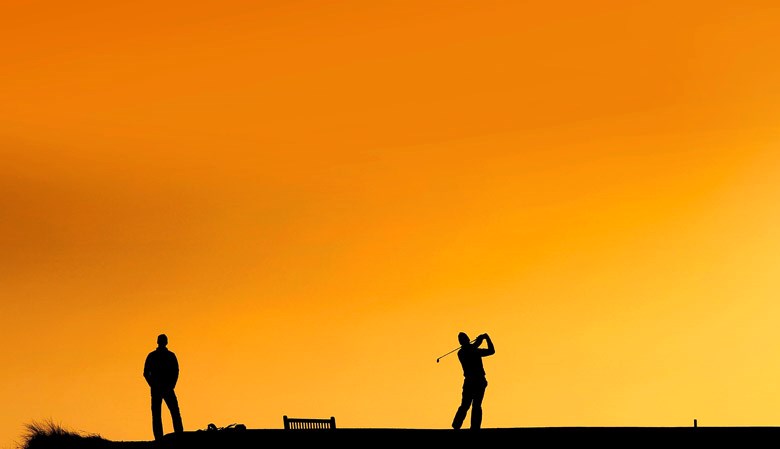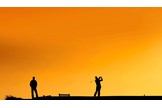How to play a links course
Last updated:
One of the best things about golf is its living connection with history. A keen tennis player at club level might never get a chance to play at Wimbledon; likewise, a local level soccer player might never play at Wembley. Amazingly, amateur and professional golfers have access to historic venues such as Turnberry, Birkdale, Troon and St Andrews.
Golfers from around the world, visiting the Old Course, can experience the thrill of standing on the first tee, knowing almost every famous golfer in history has surveyed the same view. We can walk in the footsteps of Nicklaus, Watson and Ballesteros – what other sport affords such opportunity?
Sadly, the same can’t be said of the re-designed West Course at Wentworth. This jewel of Berkshire parkland has hosted the Ryder Cup, World Matchplay and many PGA Championships. It is no longer possible to walk the exact same holes that Gary Player, Arnold Palmer and Jack Nicklaus battled over.
Great Championship venue it might be; but its link to the past is severely frayed. A modern architect, even an American one, would give his eye teeth to design a course in Virginia Water. The challenge was to create a modern course, sympathetic to the original Harry Colt design. What we got was “something Els”.
Renowned US golf course architect, Kyle Phillips, was indeed given the chance to create a classic links course at Kingsbarns. Just seven miles along the coast from St Andrews, a strip of flat arable land has been sculpted into an American’s vision of a “modern” links layout. With ancient looking dunes and riveted bunkers, the sea is in view from almost every hole. Phillips’ masterpiece is a fusion of contemporary design and timeless challenge of an historic links course. Let’s consider how to meet those challenges when we play a links, as many of you will over the summer.
Love the wind
Most sporting arenas are constant in size and proportion; football pitches, tennis courts etc. A true links course is a living organism – the wind can lengthen or shorten every hole according to its strength and direction. That wind is variable and erratic; confusing you mid-round by turning with the tide. If you haven’t played a links in the wind, you will have to acquire new skills to control your golf ball. It’s a dimension that will initially frustrate, but then fulfil you as you improvise and learn new shots. Yardages are merely the starting point; for whatever your choice of club, you will absolutely need to “feel” the shot. Walking and playing through a stiff coastal breeze is one of the purest golfing joys.
Use the contours
Like the fast, slicker baize of a tournament snooker table, links golf is played on a fast, tightly knit surface created by sandy sub-soil and fine, round-bladed grasses. A direct, aerial route to the flag is often the only option on inland, parkland courses. On a links course it is possible to run the ball along the ground, often for hundreds of yards. You can use the contours to gather your ball to the green; often with a few options to get close to the hole.
Don’t go potty
That small pot bunker might appear to be the size of a paddling pool, but its surrounding humps and hollows can draw the ball into the sand from yards away. These deep, steeply sided traps show no mercy – you must take your medicine and splash the ball out with a wedge. No miraculous shots with a mid-iron – this is Fife, not Florida!
Think strategy
“The whole world to aim at – only a blanket to land on”. A major temptation of links golf is the feeling of space; we see large expanses of land and lash the driver out of sight. However, on finding our ball we realise there’s no line to the pin. The 16th tee on the Old Course at St Andrews is such a hole; there is plenty of room left, away from the out of bounds, but the more you bale out, the more treacherous your second shot becomes.
Missing links
If, as yet, you have not experienced links golf, I urge you to do so sooner, rather than later. Great Britain boasts some of the best links land in the world and all within easy access. It will present new challenges and experiences – expanding your golfing education and broadening your appreciation of the game.

